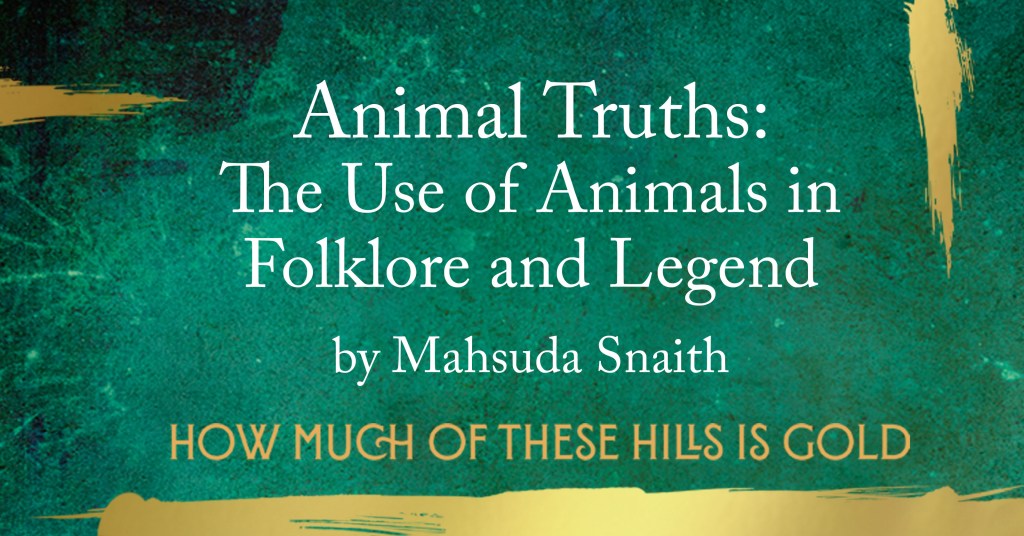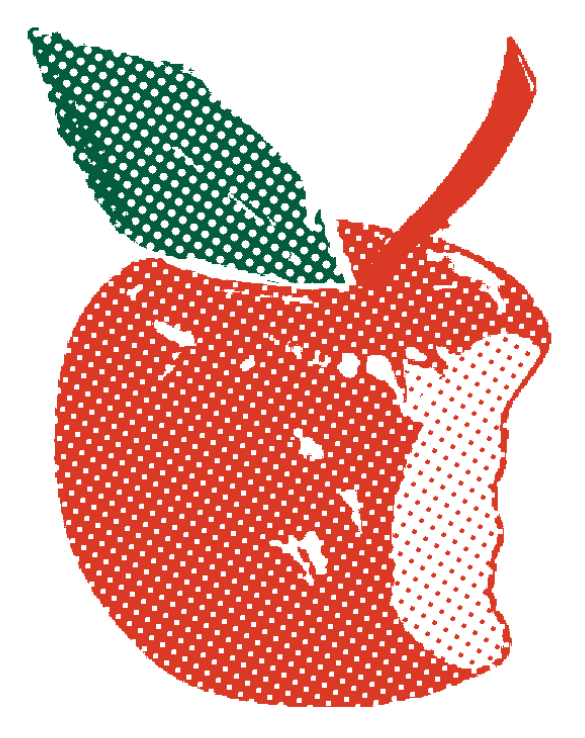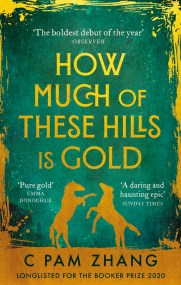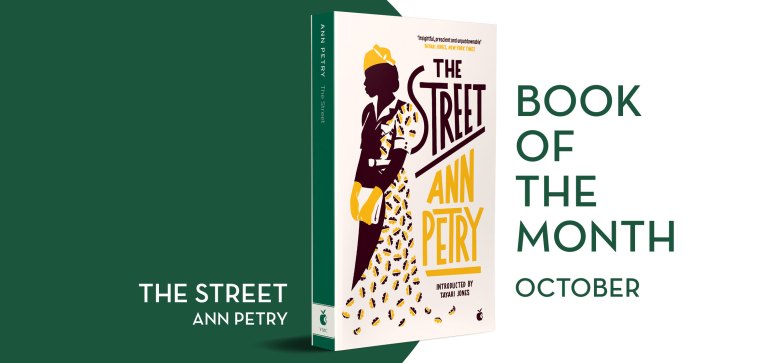Guest Blog Post | Animal Truths: The Use of Animals in Folklore and Legend

To celebrate the paperback publication of How Much of These Hills is Gold by C Pam Zhang we welcomed author Mahsuda Snaith to the blog to discuss the ways animals are used in folklore and legend. Mahsuda’s short story The Panther was included in last year’s Virago anthology, HAG: Forgotten Folk Tales Retold.
They say truth is stranger than fiction, but when it comes to the fantastical world of folklore and legend, it may be a case that the strangest of fictions reveal the truth. Some of my favourite tales growing up and into adulthood have contained an element of the impossible, especially when it comes to animals. The stories of smart-talking spiders in Africa and the Caribbean, of jackals helping weavers con their way into becoming princes in the Bengal and where animals are at the centre of creation itself in Aboriginal legend.
A few years ago, I was given the task of retelling a forgotten folktale about a panther who had escaped into an English forest (‘The Panther’s Tale’ – Hag: Forgotten Tales Retold). For me, the most fascinating part of this lesser-known tale was that it could have been based on real events. In the 16th century, a man named Sir John Giffard was known to have owned a menagerie of exotic animals in his Chillington Hall residence in Staffordshire. As the legend goes, a panther escaped its cage after which Gifford pursued it through the forest with a crossbow and, seeing it was about to pounce on a woman and her child, shot it through the head with an arrow. Years later, this story is still immortalised on the family crest with the image of a snarling panther placed at the top. Truth, it appears, really can be stranger than the strangest of fictions.
In the much-acclaimed novel How Much of These Hills is Gold by C Pam Zhang, another big cat stalks the land but this time in the Wild West and in the form of a tiger. The use of tigers is threaded throughout the narrative with stories of them arriving over the oceans with the Chinese immigrants who tell them. The newcomers work the mines, surviving in gruelling terrain and the tiger tales, especially those told to the children central to the novel, helps bring a lightness to their lives. There is something powerful in the stories that we carry. The tales of Anansi, the trickster spider, were taken across the oceans by way of the transatlantic slave trade. These stories tell a truth about the people who passed them on, about where they come from and how much that meant.
In a similar way to Zhang’s Wild West tiger, I hoped to incorporate the impossible in my retelling of the Giffard legend. I decided the panther of my tale was actually a cursed Indian princess who had the ability to shape-shift in and out of animal form. Although it was a creation of my imagination, the panther princess’s story seemed to reveal truths about exoticism and fear of the ‘foreign’, as well as the hubris of wealth and the treatment of women not only at the time, but in the depiction of them in traditional folktales and fairy tales that still affect us today. To change the narrative felt empowering, which is part of the beauty and allure of fiction. While enthralling audiences with tales of spiders, panthers and tigers, storytellers have the ability to connect to something deeper. And perhaps, through animal impossibilities, they can truly reveal to us what it means to be human.

Mahsuda Snaith is winner of the SI Leeds Literary Prize and Bristol Short Story Prize. Her debut novel ‘The Things We Thought We Knew’ was a World Book Night Book 2019 and her second novel ‘How to Find Home’ was read on BBC Radio 4. Her short story ‘The Panther’s Tale’ is part of the anthology ‘Hag: Forgotten Folktales Retold.’
Find out more at www.mahsudasnaith.com.
Follow Mahsuda on Twitter, Instagram, Youtube & Kofi
LONGLISTED FOR THE BOOKER PRIZE 2020
A BARACK OBAMA BOOK OF THE YEAR 2020
America. In the twilight of the Gold Rush, two siblings cross a landscape with a gun in their hands and the body of their father on their backs . . .
Ba dies in the night, Ma is already gone. Lucy and Sam, twelve and eleven, are suddenly alone and on the run. With their father's body on their backs, they roam an unforgiving landscape dotted with giant buffalo bones and tiger paw prints, searching for a place to give him a proper burial.
How Much of These Hills is Gold is a sweeping adventure tale, an unforgettable sibling story and a remarkable novel about a family bound and divided by its memories.
'A daring and haunting epic' SUNDAY TIMES
'A unique reimagining of the American West adventure' THE TIMES
'A fierce, feminist Western' DAILY MAIL
'Remarkable' HARPER'S BAZAAR
'Reminiscent of both Cormac McCarthy and Toni Morrison' IRISH TIMES
'C Pam Zhang's arresting, beautiful first novel is filled with myths of her own making as well as sorrows and joys' NEW YORK TIMES
A GWYNETH PALTROW BOOK CLUB PICK
Hag
by Daisy Johnson
by Kirsty Logan
by Emma Glass
by Eimear McBride
by Natasha Carthew
by Mahsuda Snaith
by Naomi Booth
by Liv Little
by Imogen Hermes Gowar
by Irenosen Okojie
'Engaging, modern fables with a feminist tang' Sunday Times
DARK, POTENT AND UNCANNY, HAG BURSTS WITH THE UNTOLD STORIES OF OUR ISLES, CAPTURED IN VOICES AS VARIED AS THEY ARE VIVID.
Here are sisters fighting for the love of the same woman, a pregnant archaeologist unearthing impossible bones and lost children following you home. A panther runs through the forests of England and pixies prey upon violent men.
From the islands of Scotland to the coast of Cornwall, the mountains of Galway to the depths of the Fens, these forgotten folktales howl, cackle and sing their way into the 21st century, wildly reimagined by some of the most exciting women writing in Britain and Ireland today.
'A thoroughly original package that has a hint of Angela Carter' The Times
'Sharp writing and cleverly done' Spectator








